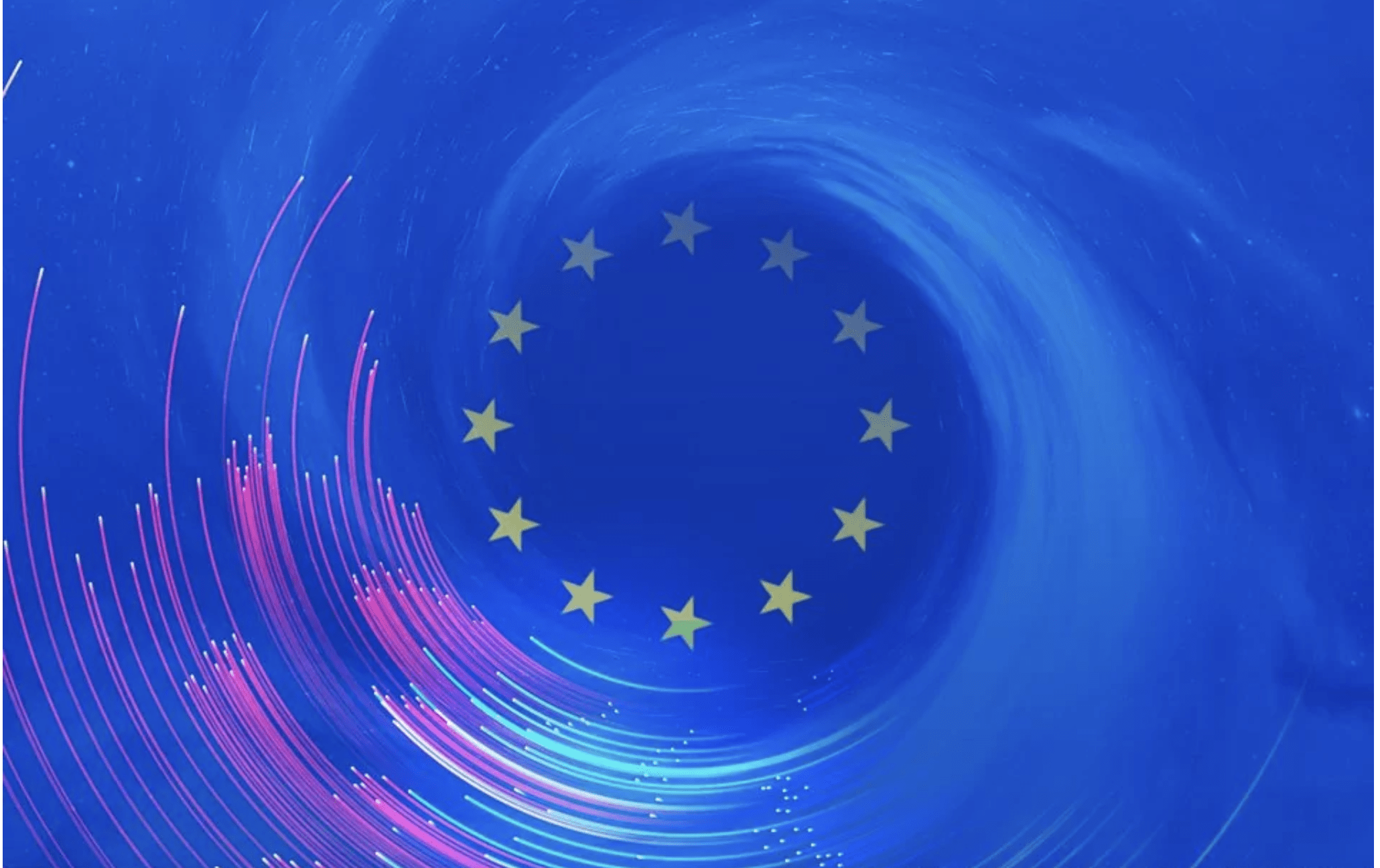EU Innovation Policy - How to Escape the Middle Technology Trap
Through its missions and governance, Horizon Europe does not meet the innovation challenge and anchors our industry in the mid-tech range. This report argues that current European efforts, while laudable, are insufficient, in both quantity and quality. Important reforms are required to enable Europe to compete in the value-creating space.

-
File
Encouraging innovation has long been a priority for European policymakers, with the implicit aim of reaching the technology frontier represented by the US. This goal has not been achieved. The Innovation Scoreboards regularly published by the European Commission have consistently found that the EU lags behind the US on many indicators. The most recent Scoreboard indicates that the transatlantic gap has widened.
This report argues that current European efforts, while laudable, are insufficient, in both quantity and quality. Important reforms are required to enable Europe to compete in the value-creating space.
The disappointing European performance might surprise the reader, given that government support for research and development (R&D) has grown gradually over the last two decades and is now at about the same level as in the US (around 0.7% of GDP). It is in the private sector where one finds a large quantitative difference between the US and EU. Business expenditure on R&D (BERD) in the EU, at 1.2% of GDP, represents about half that of the US (2.3% of GDP).
Moreover, European business R&D is concentrated in mid-tech sectors, like the automotive industry. These sectors compete by applying the latest technological advances to production, but they do not require the same R&D intensity or offer the same growth potential as high-tech industries that produce the newest technologies. The main reason for US private R&D being twice that of Europe is therefore the much higher weight of high-tech industries in the US.
European specialisation in mid-tech, the ‘middle technology trap’, has persisted for two decades. The largest EU companies in terms of R&D expenditures are almost invariably car producers, whereas in the US car producers, which were important 20 years ago, have been supplanted by software companies. The EU’s comparative advantage in cars is worrisome, as despite its massive investment in R&D, the EU automotive industry now risks being leapfrogged by US producers and increasingly by Chinese ones. Foreign producers can build on their leadership in electric and autonomous-driving technologies.
Today, the transatlantic gap is particularly wide in software development, where US companies account for 75% of the global total, compared with 6% for the EU (less than China). A large portion of the growth in US corporate R&D spending over the last decade has come from software-related companies, underpinning US dominance in the latest advances in artificial intelligence (AI).
The quasimonopoly position of US high-tech sector also applies to next generation of upcoming software (most cutting edge LLMs are US) and hardware (see Nvidia for semi-conductors etc). And China is rapidly catching up in terms of high-tech R&D spending.
A shift in the direction of EU innovation towards high-tech industries thus appears highly desirable. Escaping the middle technology trap would foster growth and increase the geopolitical weight of the EU. But to achieve this, governance must match ambitions. Simply put, the EU does not have the institutions it takes to meet the 21st century innovation challenge.
Most (90%) of the public-sector support for R&D in the EU originates at the national level. The EU contributes through the Horizon Europe1 programme, which earmarks about €11-12 billion per year to support broadly-defined innovation, research and development.
However, less than 5% of Horizon Europe supports breakthrough innovation, which has the potential to create new markets but is remote from commercial applications. Distinguishing between types of R&D is important (yet overlooked), as projects aimed at bringing known technologies closer to the market cannot be expected to deliver disruptive innovation.
The recent creation of the European Innovation Council (EIC) was a positive step towards redirecting R&D efforts, but it is hampered by several limitations. First, is too dependent on the European Commission. Second, it only marginally targets breakthrough research, which is still substantially underfunded.
The EIC seems more focused on remedying perceived capital market imperfections than on promoting innovation, as a substantial share of its spending supports the capital structure of small to medium-sized enterprises (SMEs) and, to a more limited extent, startups. Moreover, serious governance issues may undermine its mission of boosting breakthrough innovation: the EIC is mostly led by EU officials rather than top scientists; some eligibility criteria impose severe constraints, rendering the selection mechanisms highly bureaucratic; collaborations are mandated rather than accompanied; and the disbursement of funding is slow.
Institutional change is thus needed to boost the development of EU high-tech industries.
Specifically, we propose:
(i) giving leading scientists a more central role on the EIC Board and in selecting projects; (ii) shifting decision-making power from the European Commission to a larger number of independent project managers; and (iii) drawing resources from underperforming programmes of Horizon Europe and other parts of the EU innovation ecosystem to expand the size and scope of programmes actually devoted to breakthrough research, without changing the existing Multiannual Financial Framework.
Our budget-neutral, yet radical reform of the EIC could give the EU an innovation engine along the lines of the US ARPAs (advanced research project agencies). ARPAs have been widely credited with supporting advances in several breakthrough technologies and the development of the American biotechnology, software, and hardware industries. A flourishing innovation ecosystem would create the right incentives, attract private investment, and stimulate the growth of high-tech industries, helping the EU to escape its middle technology trap.
The European Policy Analysis Group
- CesIfo EconPol Europe
- Institute for European Policymaking at Bocconi University
- Toulouse School of Economics
EU Innovation Policy: How to Escape the Middle Technology Trap? (Genesis of the Report)

Through its missions and governance, Horizon Europe does not meet the innovation challenge and anchors our industry in the mid-tech range
IEP@BU does not express opinions of its own. The opinions expressed in this publication are those of the authors. Any errors or omissions are the responsibility of the authors.
- Ecco perché l’Europa sta perdendo la corsa all’innovazione tecnologica by Beda …
- Innovazione in trappola by Stefano Feltri - Internazionale
- Gros, "l'Unione sta perdendo la corsa globale all'innovazione" - Ansa.it
- Spesa in ricerca e sviluppo troppo bassa in Europa: "stiamo perdendo la corsa a…
- Why Europe is losing the race for innovation - Die Welt
- Economists urge major overhaul of EU's innovation and research strategy - Helsi…
- Comment permettre à l'Europe d'innover « à la frontière » by Philippe Aghion -…




